The warmer weather is here and that means lighter clothing, alfresco dining – and DIY projects.
In the first week of May there was a 420% increase in online searches for DIY projects as people seek to tackle jobs that have built up over winter, according to data collected by keyword.io.
But before jumping into any project and picking up a tool, it’s vital to make sure that safety is a top priority.
To help, The Compensation Experts have teamed up with Thomas Goodman, construction expert at MyJobQuote.co.uk, to provide 10 DIY safety tips every homeowner should know.
Top DIY safety tips
1. Wear the correct clothing
Watches, bracelets or long-sleeved or loose clothing can get caught in moving parts or power tools and cause an injury.
Keep things short and tidy and invest in PPE like safety goggles, gloves, steel-toed boots and dust masks.
2. Prevent fires
Have a working fire extinguisher close by. Oily or solvent-coated rags should be stored in an airtight, metal sealed container, ideally half-filled with water. Dispose of the rags following your local regulations.
3. Lighting
Use bright overhead lighting that you can turn on when you walk into your workspace. It’s also a good idea to have task lighting.
4. Avoid when tired
Being tired can cut reaction time in half, so postpone any tasks until you’re alert. Also avoid using power tools if you have had any alcohol or medication.
5. Be aware of your surroundings
If you’re working with others, ensure you always know where they are. Make sure children or pets are kept away from the work area.
Keep electrical wires or cables behind you and avoid fraying or knotting them.
If moving heavy objects, get assistance and stand close to the object with your feet spread. From the knees, bend and lift, maintaining a straight back.
6. Read instructions
It’s fine to watch a YouTube video or ask a seasoned DIY-er for advice. But not all tools and equipment are created equal, so before you turn it on, ensure you understand how it works.
7. Use tools correctly
Double-check the settings before you plug in a power tool. They should never be left unattended. Unplug before leaving the room and keep out of children’s reach.
Select a power drill with a non-conducting plastic body. Unplug it whenever you change drill bits.
8. Check everything is working correctly
Before starting, check power tools for damage. They must be maintained correctly following the manufacturer’s warnings and instructions.
9. Know your limits
Just because you’re the family handy person doesn’t mean you can handle every type of DIY project. For plumbing and electrical work hire a professional.
10. Take precaution on ladders
Keep in mind the “one out – four up” rule. This means that for every measurement taken away from the wall, multiply it by four to find the safest ladder angle. Overreaching or leaning can cause you to lose your balance.
Take your time and always place the ladder on solid ground or non-slipcovers.
Read more…
Check the average house prices and rents in your area with our Housing Market Tracker.
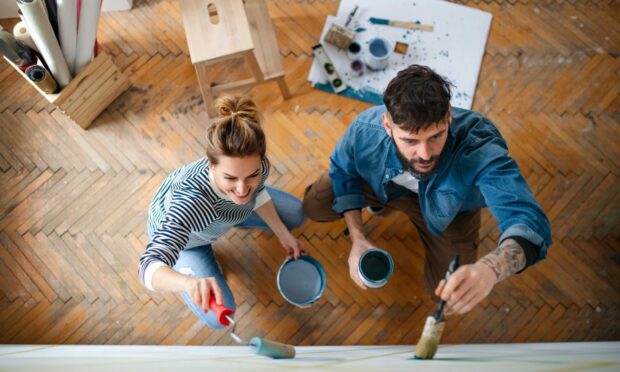
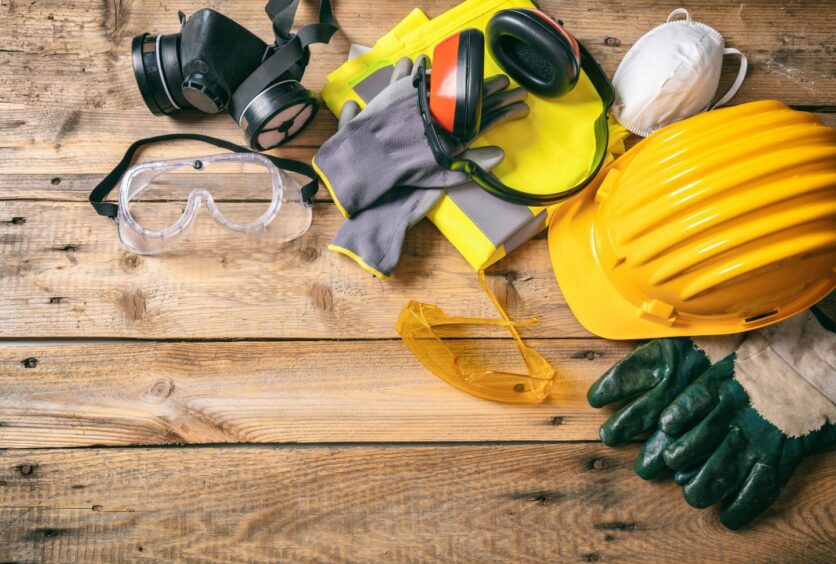
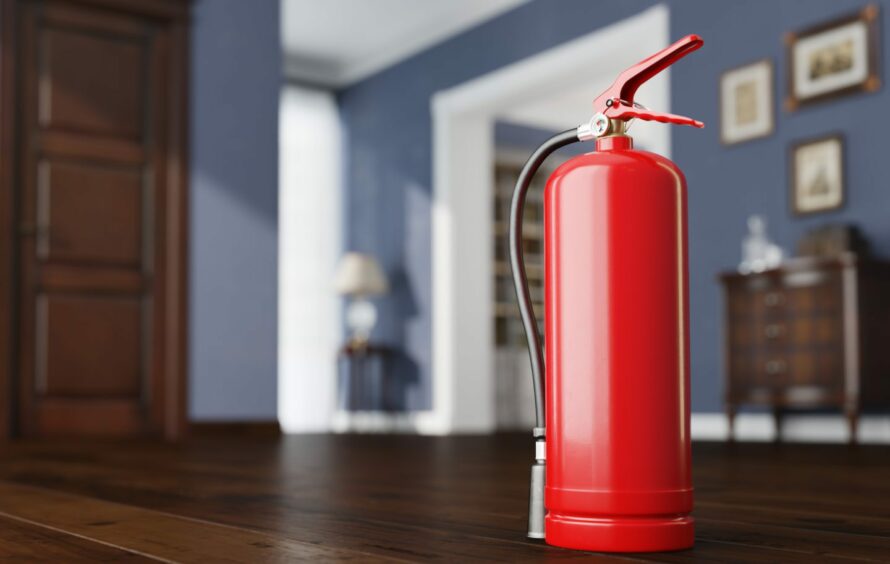
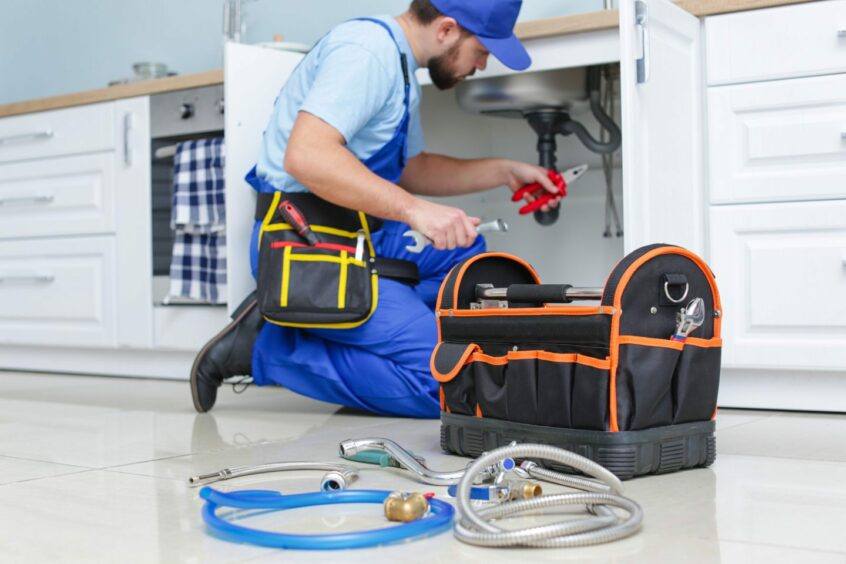
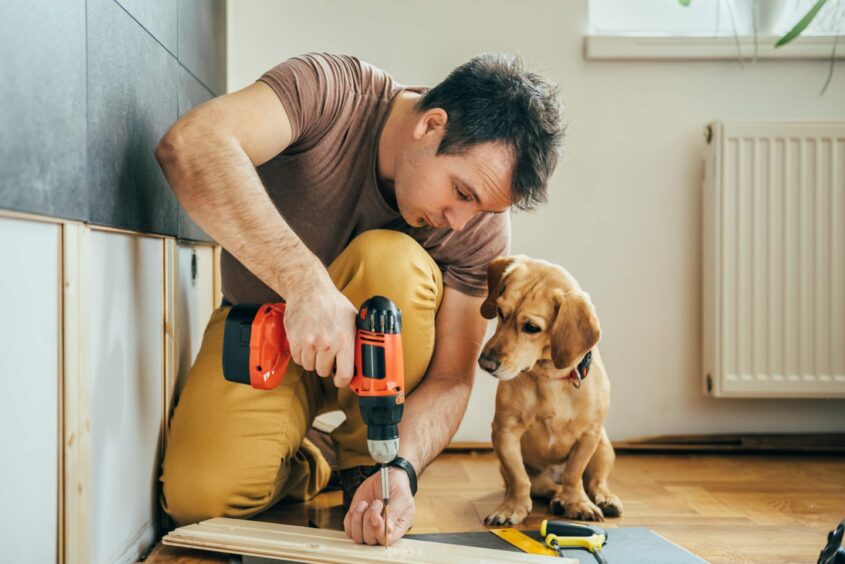
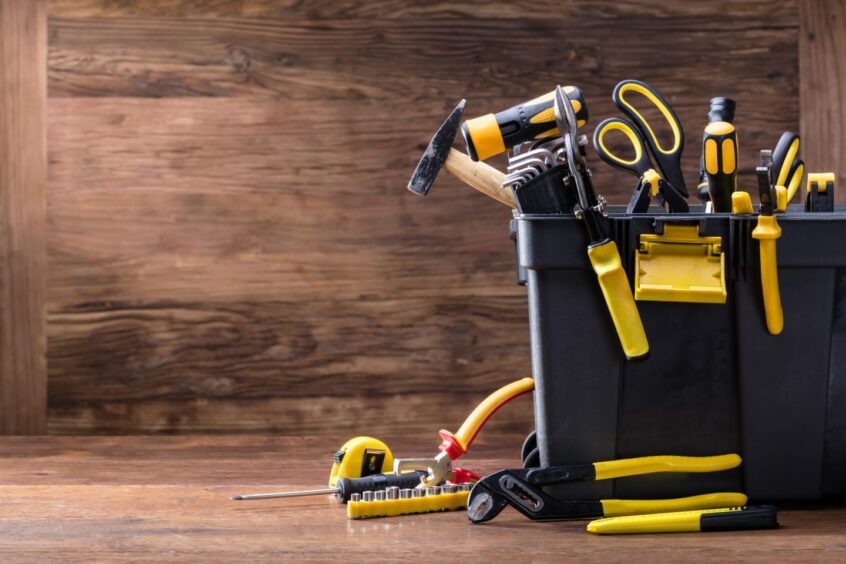
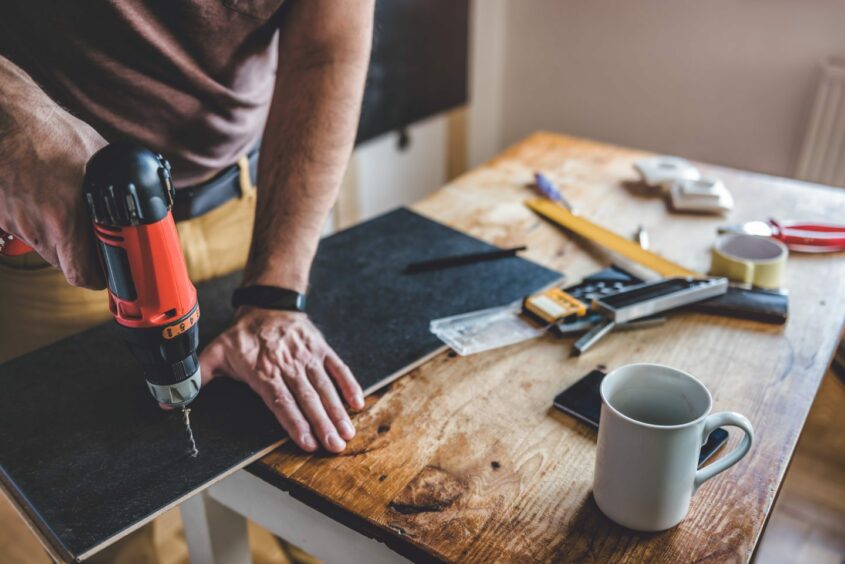











Conversation